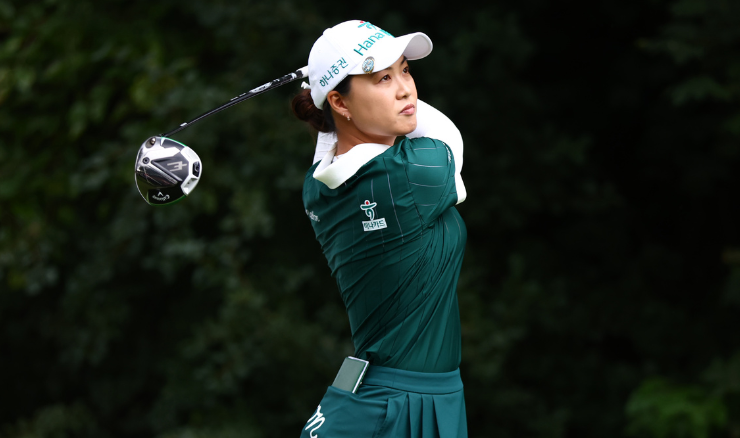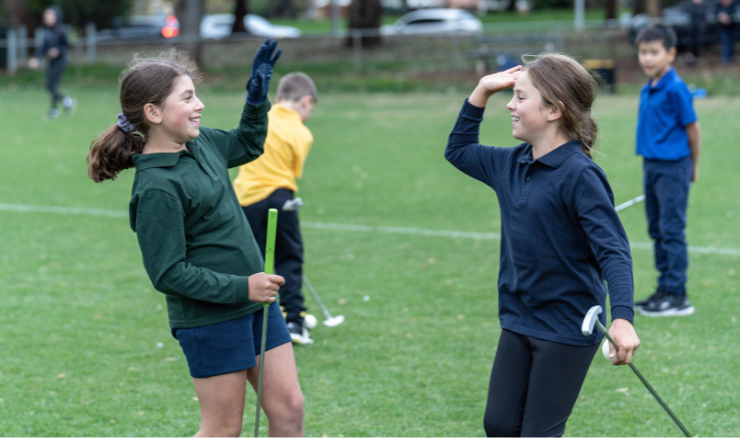30 Jun 2025 | Opinion | Clubs and Facilities |
Clayton: Royal Sydney's course changes are a noticeable advance
by Mike Clayton

Charles Blair Macdonald, considered the father of golf course architecture in the United States, designed The National Golf Links of America in the early 1900s and it remains one of the world’s greatest courses.
Macdonald once noted that: “Criticizing a golf course is like going into a man’s family. The fond mother trots up her children for admiration. Only a bore would express anything else than high opinion. So, it is a thankless task to criticize a friend’s home golf course.”
Golf pros have delicately avoided controversy and tiptoed around journalist’s enquires about the merits – or demerits – of golf courses with non-answers.
Gary Player’s famous line was always: “It’s the best course of its type I’ve ever seen”.
Tiger Woods, and others, wheel out the old: “It’s all there right in front of you".
No one has ever said that about NGLA, Sunningdale, Kingston Heath or Merion where the subtlety of the architecture, and the questions it’s asking, take more than a single round to understand.
Which brings us to Royal Sydney, a long-time Australian Open venue and the most establishment of establishment clubs in the country.
Maybe only a quarter of its members play golf, something making it a lot more than a golf club, but the golf course is ultimately its most obvious asset.
Alister MacKenzie, a contemporary of Macdonald, influenced the course in the late 1920s when he filled in a multitude of the club’s bunkers. Famously the original 18 had one for every day of the year.
The course, like so many, evolved over the decades. One member with a fondness for native (but not indigenous) paperbarks planted copses of the infernal things all around the course with little understanding of how they might influence the play of generations of golfers to come.
Different architects tweaked the holes without ever addressing the routing which saw the best land around the perimeter used for the front nine and the noticeably less interesting land in the middle of the properly used for the second half of the course.
Only the long second up the hill to the par-5 13th green and the approach to the par-4 11th showed off any remotely interesting undulation.
Gil Hanse was hired in 2016 to reimagine the course and seemingly endless wrangling with the local council over the tree removal necessary to improve the golf put the starting date back years.
Local governments all around the country care more for "urban canopy" than golf architecture whilst, at the same time, it’s increasingly falling to golf courses to provide it. That we might be able to make better golf by removing trees negatively influencing the golf is not a priority.
Nonetheless, Hanse and the club eventually reached a compromise which included adding 250,000 new plants; largely small heathland plants which add so much to the texture and look of the golf on the Melbourne Sandbelt.
Shockingly they also add much to the environment as golf courses become the sole preserves of both heathlands and indigenous eucalypts in the suburbs.
It anyone had thought to criticise the pre-Hanse version of the course, they’d have been well-advised to head Macdonald’s advice – certainly if they hoped to be invited back – but the almost universal commentary on the new course is just how much the golf is improved.
There are now long views from the clubhouse all the way across the second and third greens on the opposite boundary. The opening third of the course follows the same routing but then heads north on what was the land of the old 14th, 15th and 16th holes to finish up the front nine.
The former par-3 17th hole is now the 10th and mercifully the green is now at ground level, something quite different from the perched old version.
From the far back tee, stretching the hole to well over 200 metres, players will be able to run the ball onto the green. Maybe it’s not a big deal for Adam Scott but who doesn’t need to run the ball onto a green from a couple of hundred metres?
The old par-5 seventh hole is broken up into a pair of short fours, the first of them, now playing as the 13th, is easily recognisable as a version the great 10th at Royal Melbourne.
The old eighth and ninth holes are combined to make the new par-5 15th and the land of the old par-4 11th is now a par-3.
One member, dismayed at the proposed alterations to the 18th hole, described it to me as “one of the best finishing holes in the country". He was of course mistaking the ambience of playing the approach to the green with the monolithic clubhouse in the background for a good hole.
So devoid of any architectural merit was it that if it’d been, say, the 12th hole at Albury, Goulburn or Bathurst, it’d have never earned more than a passing glance.
Hanse took all the paperbarks off the inside corner of the hole and replaced them with sandy heathland and whilst not the best hole on the new course, A.W. Tillinghast, another of America’s great early 20th century architects, might have said: “It’s had some sense knocked into it so it can now hold its head up in polite society.”
The old course was perfectly capable of holding its head up, but the new version is a different level altogether and yet another example of Australia’s top-tier clubs making noticeable architectural advances.
Kingston Heath led the way in the early 1980s and, 40 years on, the standing of our best courses, in world terms, has never been higher.

Join our newsletter
Get weekly updates on news, golf tips and access to partner promotions.
Related News
Aussies on Tour: Minjee reveals ‘ultimate’ goal for 2025
With her goal of a strong majors season now complete, Minjee Lee has revealed her primary objective for the remainder of the 2025 LPGA Tour calendar.
New-look Noosa more popular than ever
A new logo and digital footprint have worked wonders for Noosa Golf Club on the Sunshine Coast.
Level Up launches in Queensland
This week is National Child Protection Week, and today Golf Australia is proud to announce the launch of the Level Up safeguarding program.


